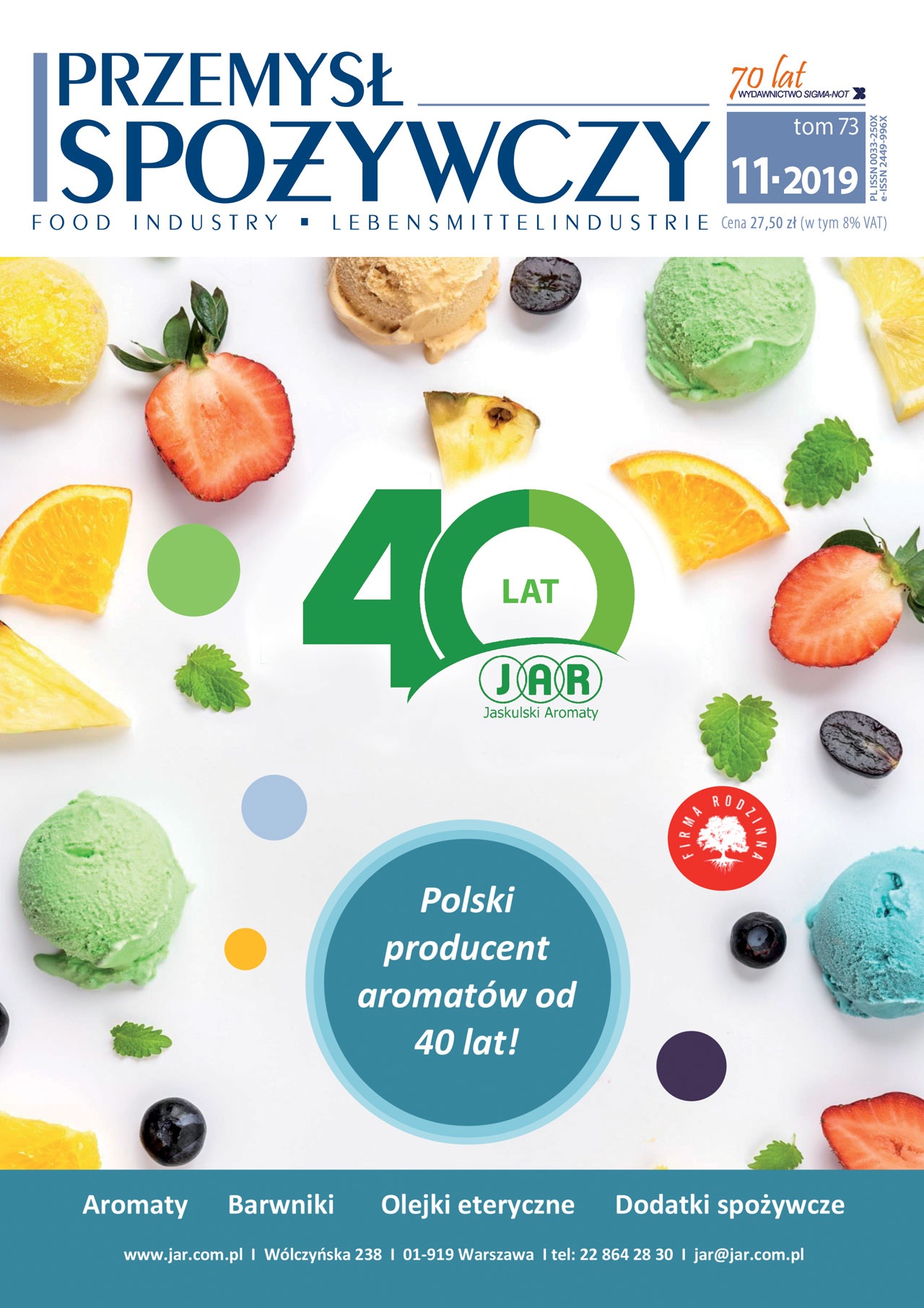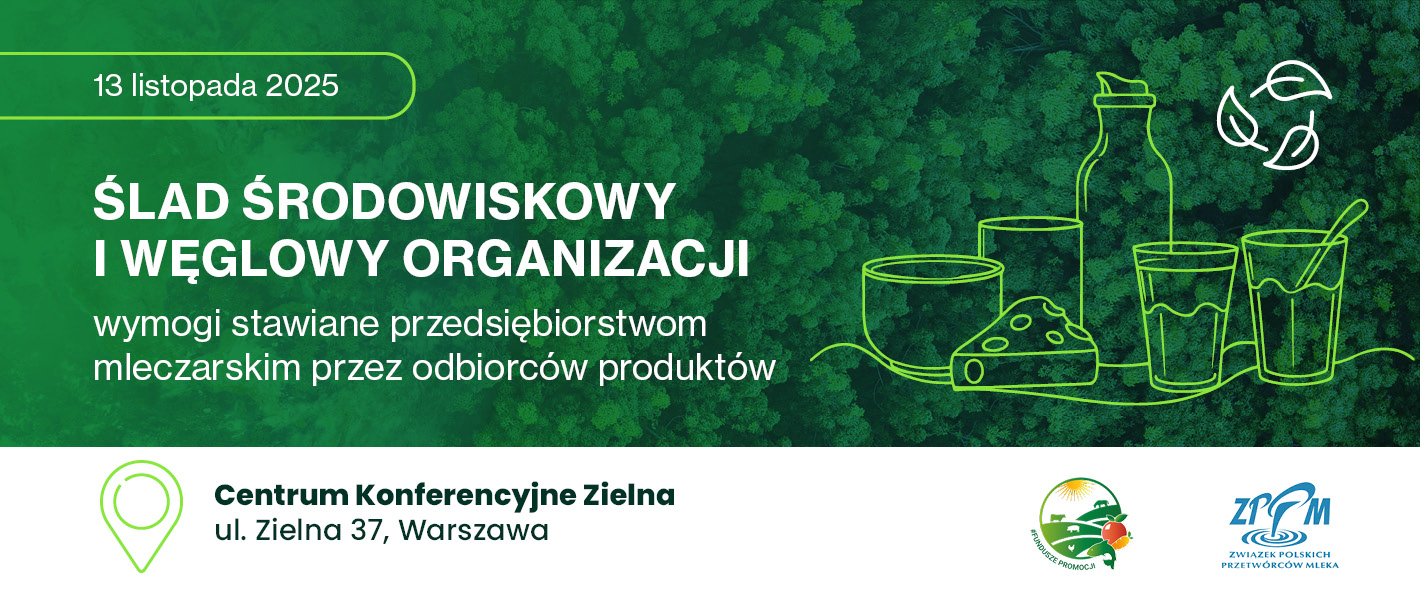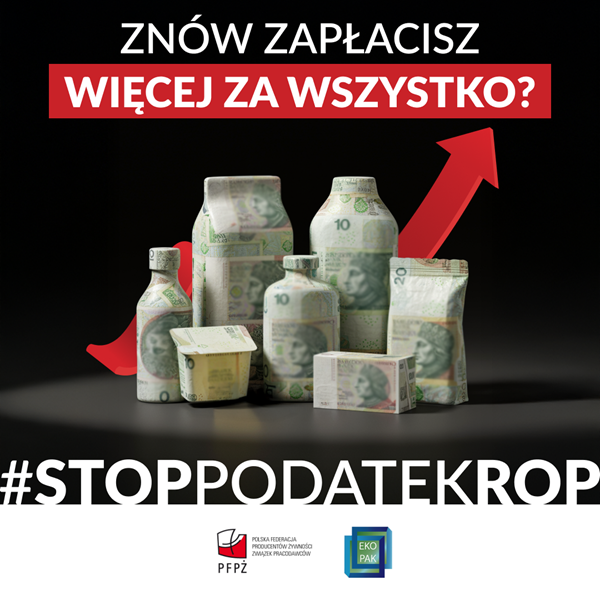ECONOMY
- 2 Food Quality Schemes in The European Union – Mariola Kwasek
The article presents the problem relating to food quality schemes in the European Union in the economic aspect. The common agricultural policy meets the expectations of European consumers, who attach more and more importance to food quality. High-quality products with registered names: PGI, PDO, GTS and organic farming are manufactured in compliance with the principles related to environmental protection, plant health, animal health and welfare. The market share of products with registered names in the value of the Polish food and drink market is below 1%. The domestic market for organic products is also small, but steadily growing. Trade Inspection is responsible for controlling PGI, PDO, GTS and organic farming products. High-quality European food is the main value of EU agriculture and plays a key role in creating the cultural identity of nations and regions.
KEY WORDS: high quality food, quality policy, quali- ty systems, market, controls
TECHNICS-TECHNOLOGY
- 8 The Use of UVC Radiation to Disinfect Shells of Food Eggs – Przemysław Marek
The article presents the issues of microbiological contamination of the surface of food eggs and the possibility of using ultraviolet radiation from the UVC range to eliminate these contaminations. General mechanisms related to the action of ultraviolet on microorganisms and available devices for disinfection of egg shells were presented. A prototype device developed at the Institute of Technology and Life Sciences in Poznan was also presented. The effect of research conducted at the Institute was confirmation of the high efficiency of UVC disinfection while providing the required dose. The use of UVC radiation can become the main method for reducing the contamination of egg.
KEY WORDS: UVC radiation, disinfection of egg shells, radiation dose and intensity, pathogenic microorganisms
- 14 Nanotechnology in Food Industry – Opportunities, Threats, Consumer – Iwona Szymańska, Milena Kupiec, Klaudia Osytek, Anna Żbikowska
The development of nanotechnology in the food industry is associated with various possibilities of using products obtained with such a technique. Particles from 1 to 100 nm in size are formed as a result of chemical, physical or biological processes. The benefits of using them include easy absorption (as food ingredients), gradual release in packaging materials (nano-antioxidants), or increased sensitivity to specific chemical compounds (nano-sensors). The positive aspects of using molecules at the nanoscale are also the production of new, edible and fully biodegradable food packaging. Unfortunately, problems and negative effects are also associated with a number of applications of nanotechnology products in the food industry. According to the scientific literature, the small size of facilitate their penetration into the human body, which, as a consequence, can cause complaints related to the immune and cardiovascular systems. Allergies and potential bioaccumulation in the environment are also mentioned among the negative effects. This is the reason for the skeptical approach to nano-products by consumers, in particular by Europeans.
KEY WORDS: nanotechnology, nanofilms, nanocapsules, food industry
FOOD-FEEDING
- 22 Herbs and Spices – The Most Frequent Microbiological Hazards – Elżbieta Maćkiw, Katarzyna Kucharek, Joanna Kowalska, Monika Stasiak
Herbs and spices are a valuable food ingredient. They give food products a unique taste, aroma and appearance. They have a positive effect on the human body due to proven health-promoting properties. However, they can be contaminated with microorganisms. The presence of pathogens in spices and herbs could be a public health risk, especially if they are used as an additive to ready-to-eat food that is not further processed.
KEY WORDS: herbs and spices, microbiological contamination, pathogens
- 27 Sugar Substitutes. Will Luo Han Guo Become an Alternative to Stevia? – Katarzyna Świąder, Danuta Gajewska, Karolina Wegner
Currently, the most popular natural high-intensity sweeteners are steviol glycosides, obtained from Stevia rebaudiana Bertoni (Stevia). An alternative might be mogroside V, obtained from Siraitia grosvenorii Swingle (Luo Han Guo). The article characterizes both sweeteners, describes and compares their properties, presenting the possibilities and restrictions in their use in food products in the European Union. It has been shown that sweeteners isolated from the Siraitia grosvenorii plant have a good chance of becoming another alternative to synthetic high-intensity sweeteners. They may also prove competitive with steviol glycosides, due to the pure sweetness of mogroside V and its sweetenes intensity. Luo Han Guo fruit extracts are about 250-560 times sweeter than sucrose, while sweeteners isolated from stevia leaves, about 250 times sweeter and have a bitter aftertaste. Unfortunately, the still limited use of mogrosides is their lack of authorization for use in food products in the European Union, despite obtaining GRAS status in the United States.
KEY WORDS: natural highintensity sweeteners, steviol glycosides, mogrozide, stevia, Luo Han Guo
- 32 Bioactive Compounds in Spices and Their Role in Dietotherapy – Klaudia Wiśniewska, Diana Wolańska-Buzalska, Małgorzata Wrzosek
Spices are widely used in both food processing and everyday cooking. Their health-promoting properties result primarily from the presence of biologically active compounds that determine the antioxidant, antiviral and antibacterial effects. Recent studies indicate the possibility of using selected spices, such as turmeric, cinnamon, ginger and hot pepper, in preventing and supporting the treatment of various medical conditions, including obesity, type 2 diabetes, cardiovascular diseases, and digestive system diseases. Their health-promoting properties result primarily from the presence of biologically active compounds that determine the antioxidant, regulating metabolic processes and antibacterial effects. The article presents data available in the scientific literature proving the legitimacy of the use of selected spices in the dietotherapy of civilization diseases.
KEY WORDS: spices, diet, nutrition, health
LOGISTIC-PACKAGING
- 37 Quality Assessment of Designed Edible Gel Cups – Dominika Chałupka, Anna Galińska, Angelika Kucharska, Ewelina Radzimska
EVENTS
- 25 Sports Food Industry
- 30 Protection of 100 European Geographical Indications in China
- 35 European Commission – Promotion of Agri-Food Products
- 39 Meetup Food Supplement Ingredients




